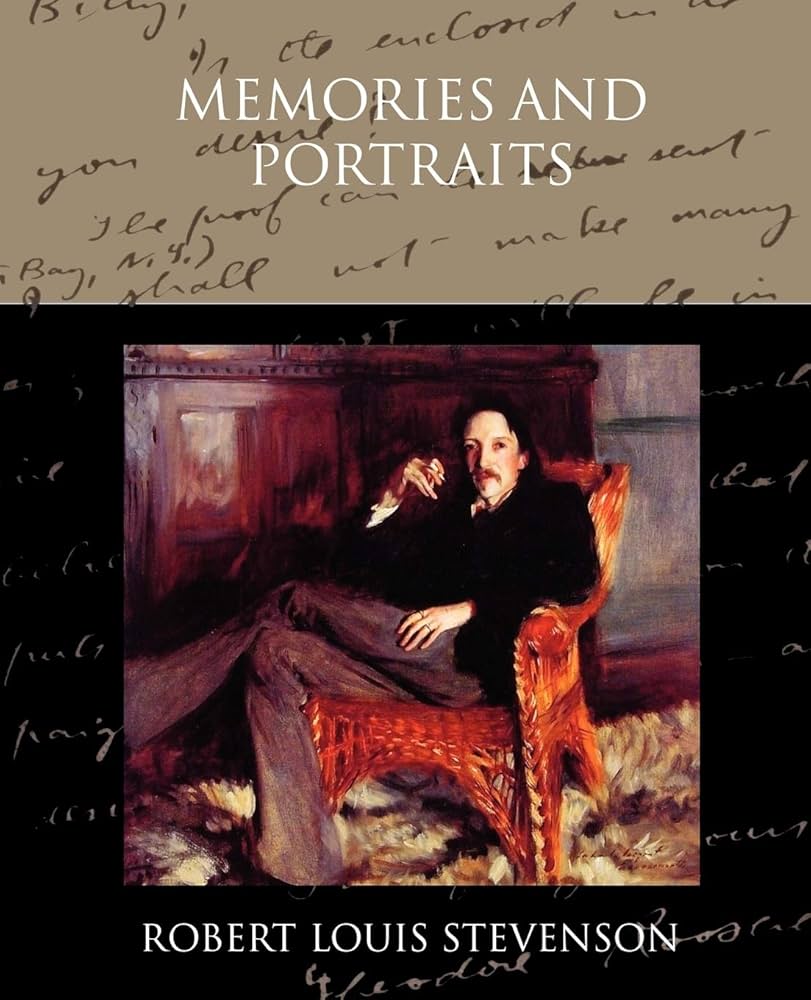Chapter VII — The Manse
byChapter VII begins with the memory of the old manse, a place etched deeply into the narrator’s sense of self. Near the Water of Leith, a door opened to more than a river—it revealed scenes from early life, filled with small adventures and emotional awakenings. This doorway was not just physical, but symbolic, representing the connection between childhood wonder and lasting identity. The manse, surrounded by its divided garden and echoing with footsteps of many relatives, stood like a time capsule. Though its rooms were modest, to a child they seemed endless, alive with laughter, discipline, and familial pride. The place was shaped not only by walls and hedges but by the personalities who lived there and the stories they carried into the wider world.
Among those figures stood the minister, a grandfather whose presence was more spirit than touch, distant but foundational. Though his demeanor leaned toward sternness, glimpses of warmth would occasionally shine through, as in the memory of the child reciting scripture at his side. The house revolved around his rhythm, from mealtime prayers to the sacred silence of his study. He was both a man of routine and an emblem of legacy, representing values that were passed down quietly through habits more than speeches. While the child may have struggled to understand him fully, the reverence was never in question. Over time, his stern teachings became softened by memory, growing into lessons that matured along with the narrator himself.
The author reflects not only on shared blood but on intangible threads of likeness—an appreciation of literature, an inherited fragility of health, and a stubborn preference for silence over spectacle. These echoes of the past shaped the choices of the present, often without conscious thought. The garden paths walked by the grandfather were also walked by the child, albeit under different skies and with different concerns. Yet, the feeling remained the same, like stepping into shoes worn generations before. This continuity, more than any spoken rule, offered a roadmap for living. The lives that came before were not merely remembered—they were reenacted in small ways, every day.
Even as relatives scattered, carrying the surname across continents, a thread of common experience bound them to the manse. The family tree branched out with sailors, scholars, and workers, yet all held a quiet kinship through the shadow of that old home. Letters sent back to the manse bore not just news but reaffirmations of identity. Each milestone or loss reported from afar felt like a ripple in the garden’s still pond. It became clear that family was not just shared lineage, but shared narrative—each member a sentence in the same story, even if written from different lands. Memory, in this sense, was a unifying force stronger than blood.
The chapter closes with a broader meditation on how people are assembled from moments and inheritances they often never realize. Ancestry is not just in the shape of the nose or the gait of one’s step, but in the quiet leanings toward certain books, habits, or ideals. Life is felt as a relay—each generation passing along a baton that carries more than effort; it holds meaning. The manse stands as more than a childhood home—it becomes a symbol of rootedness amid movement. As time moves forward, its presence lingers not in photographs, but in choices and character, continuing through descendants who may never set foot on its floors.
In remembering the manse, the author discovers that identity is shaped as much by place as by people. Childhood, for all its simplicity, acts as a compass for the adult spirit. The faces and voices that once filled the home may fade, but their influence remains. The hush before dinner, the scent of old books, the sound of bees outside the window—all combine into something more lasting than memory. They become the groundwork of who we are. Thus, in recounting the story of the manse, the author does not only honor the past, but reveals the delicate continuity of lives that lead quietly but powerfully into the present.

